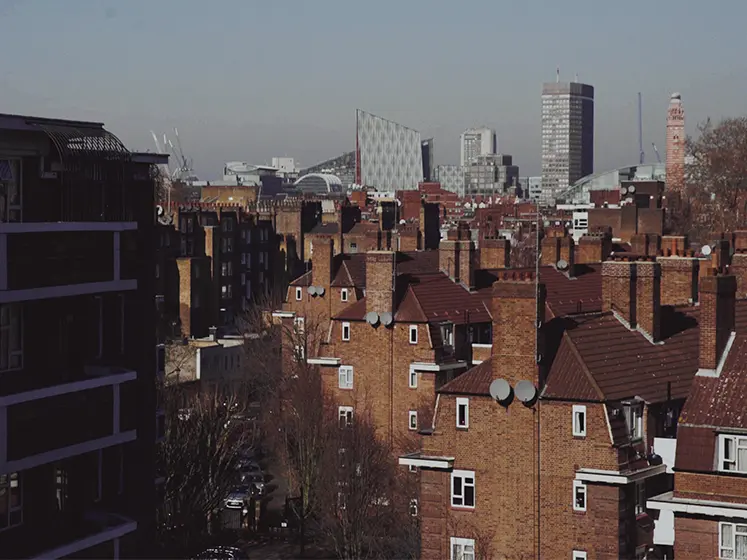Attitudes not design key when making dense developments more palatable for residents

If planners and politicians want support from residents to build new high-density properties, changing attitudes towards the housing crisis will be more helpful than focusing on property design.
This is the key finding of a new study from the London School of Economics (LSE) published in the journal of Urban Studies.
Given the urgent need for housing in London and the fact many new developments are scheduled to be built in suburban and outer London boroughs, the researchers set out to investigate what could make densely built developments more palatable to residents.
This included testing whether the design of new properties could make high density developments more acceptable. Participants were shown images of new developments with eight different design features including different roof shapes, facades and distances from the road.
They were then asked to evaluate one image selected randomly from each of the categories on a scale from 1 to 10, according to how dense and how acceptable they found the development to be.
The researchers found buildings that are perceived to be less dense are regarded as more acceptable. In terms of specific design features, they found a preference for traditional British suburban architecture. Brick and wood facades were found to be more acceptable and appear less dense than steel or plaster. Large public greenery areas, more windows, pitched roofs and no parking spaces also increased acceptability.
However, the authors found altering design features only had a significant impact in low-density scenarios. These findings suggest it is difficult to make medium or high-density developments appear less dense, and become more acceptable, through design alone.
Participants were also asked for their personal views on future developments in London, their sense of local belonging and political influence. This information, combined with the experiment results, revealed that personal opinions can have significant influence on perceived density and its acceptability.
For instance, those who agree that London has a housing crisis tend to perceive developments as less dense and more acceptable than those who do not. Other influencing attitudes are NIMBY sentiments and the (perceived) capacity to influence decisions made in the neighbourhood – with those feeling more involved in local planning decisions more likely to accept higher density developments.
Thus, individual attitudes play a crucial role in shaping perceptions of density and acceptability of new housing developments. In light of these findings, the authors argue planners and politicians should seek to better inform and persuade residents about housing need to help address the housing crisis and overcome concerns about densification.
Commenting on the findings, study co-author Dr Alan Mace from the Department of Geography and the Environment at LSE said: "There is a London housing crisis paradox. Developers must provide many housing units in the form of higher density buildings. Still, as they increase density, local communities feel development is less acceptable and take action to prevent it. A mainstream planning approach is to try to increase community acceptability of developments by improving building design, which we find is effective for housing developments up to four floors. The power of building design is eroded beyond this point.
"However, what people think is much more important than what people see. We find that raising awareness of communities' role in solving the housing crisis can be a powerful tool to increase the acceptability of housing development for any building density. A communication policy is central to delivering housing units at the speed required".
Co-author Dr Pablo Navarrete, a Visiting Fellow at the Latin and Caribbean Centre and an Assistant Professor at the University of Chile added: "We need to build significantly more homes in London. Delivering more will only be achieved through increasing densities, but this can boost opposition from existing residents. Our innovative study shows that sensitive design can make a modest positive contribution. But if politicians and planners are to avoid building in the face of constant opposition, they must persuade existing residents of the scale of London’s housing need".
For a copy of the study, please visit: